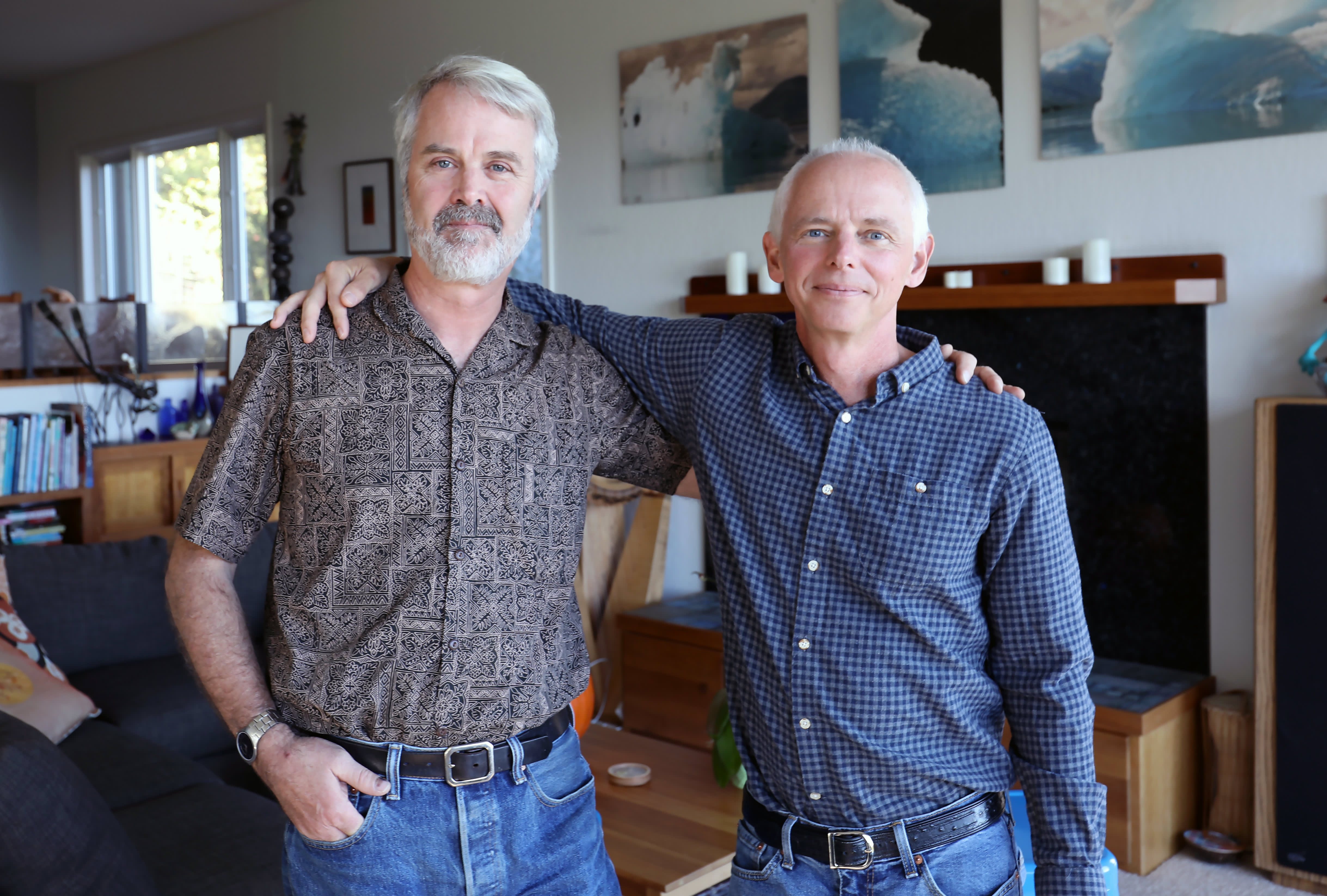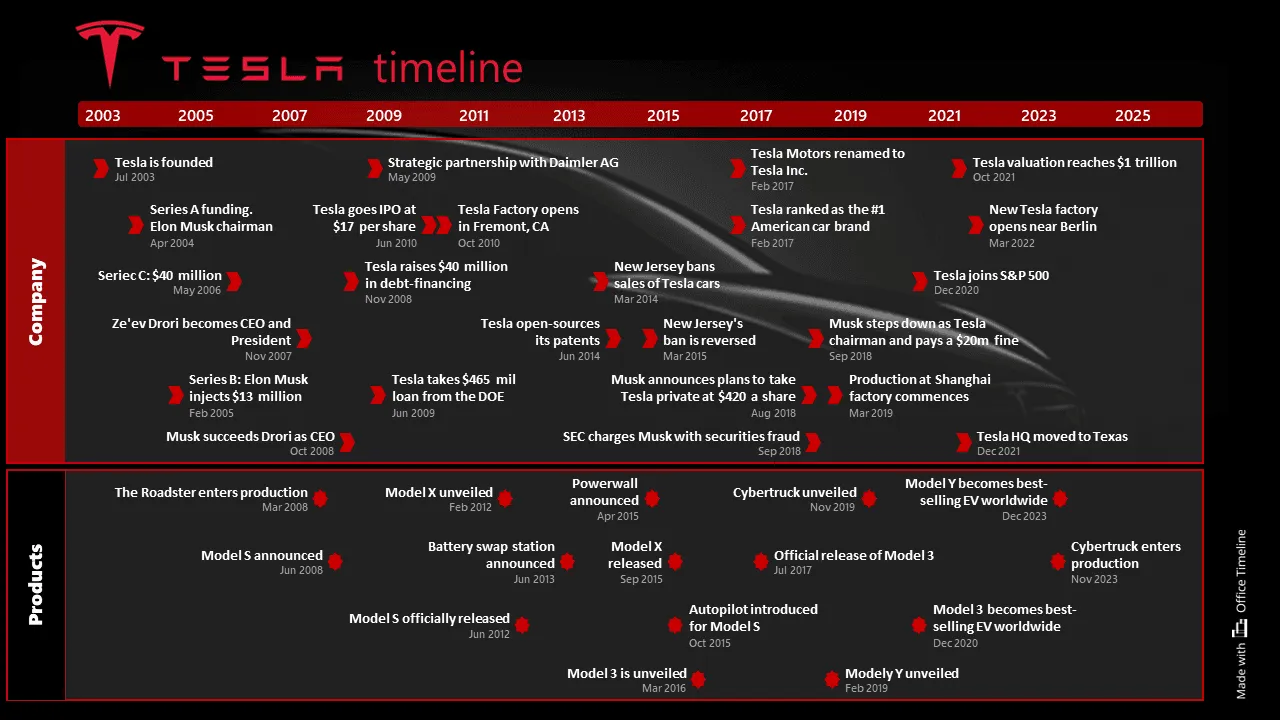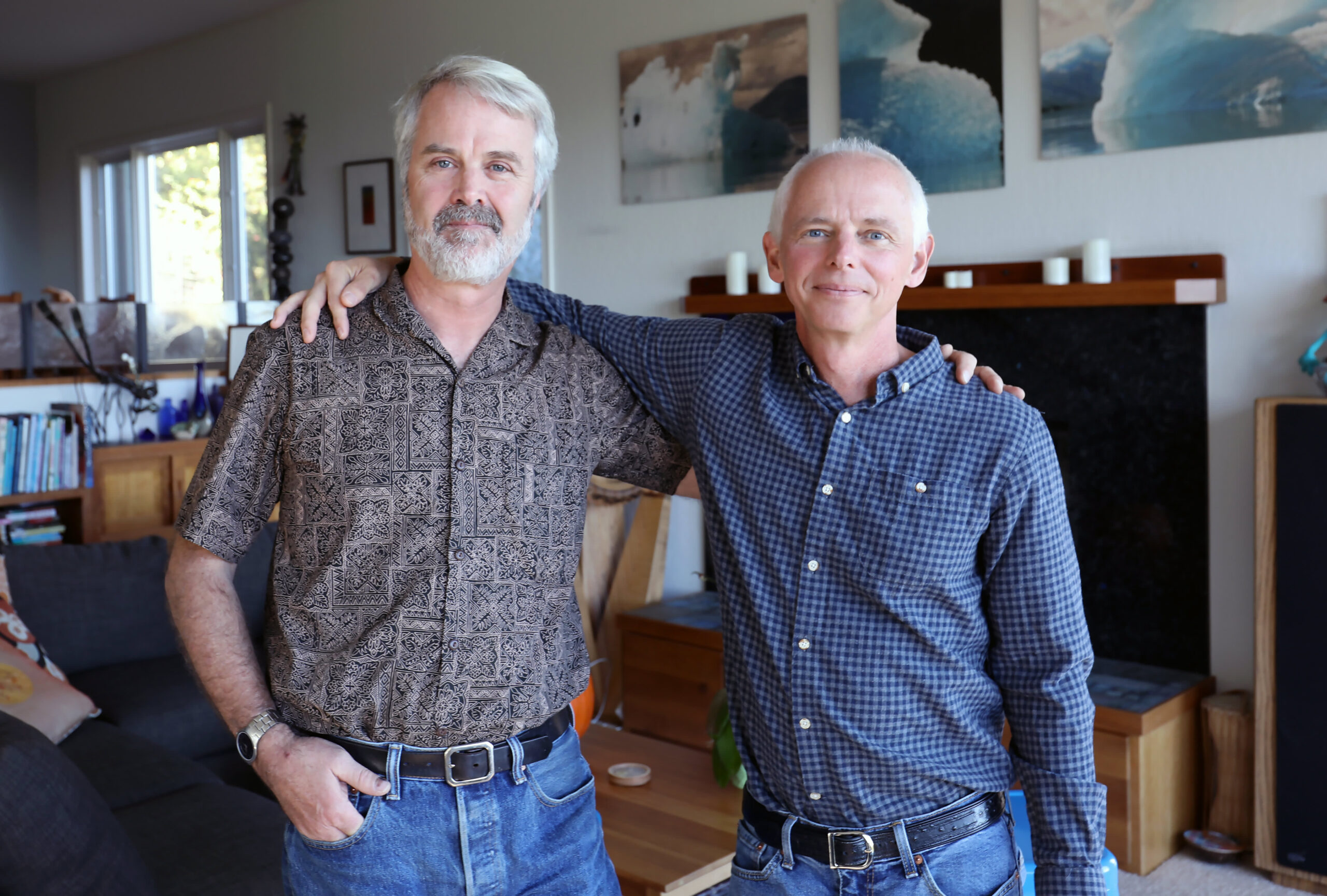Tesla’s History and Founders: From Vision to Revolution
Tesla is a name that has become synonymous with innovation in the automotive and energy industries. As a leader in electric vehicles (EVs), sustainable energy solutions, and cutting-edge technology, the company has drastically reshaped how the world views clean energy and transportation. But behind the Tesla revolution lies an inspiring story of vision, perseverance, and a group of determined founders. In this article, we will delve deep into the history of Tesla, exploring the company’s humble beginnings, the challenges it faced, and the remarkable journey that led to its current position at the forefront of the electric vehicle industry.

The Birth of Tesla: A Visionary Start
Tesla’s Founders
Tesla was founded in 2003 by a group of engineers who wanted to prove that electric vehicles could be more than just a niche market. The founders were Martin Eberhard and Marc Tarpenning, two engineers who saw an opportunity to revolutionize the automotive industry by building electric cars that were both environmentally friendly and high-performance.
However, Elon Musk, the visionary entrepreneur behind companies like SpaceX, PayPal, and SolarCity, would later become Tesla’s most prominent figure and is often associated with the company’s success today.
1. Martin Eberhard – The Co-Founder and First CEO
Martin Eberhard was Tesla’s original CEO and the person who came up with the idea of building an electric vehicle that could rival gasoline-powered cars in terms of performance and design. Eberhard, a former Quantum Computer Systems employee, believed that the electric vehicle industry could be transformed if the technology was focused on sustainability without compromising on luxury and performance.
2. Marc Tarpenning – Co-Founder and Visionary Engineer
Marc Tarpenning, Tesla’s other co-founder, was pivotal in developing the company’s early technology. With a background in electrical engineering, he contributed significantly to Tesla’s focus on developing electric drivetrains, battery technology, and the company’s early prototype designs.
3. Elon Musk – The Visionary Investor and CEO
While Eberhard and Tarpenning were the original co-founders, Elon Musk became involved with Tesla in 2004 when he led Tesla’s Series A funding round and became the largest shareholder. Musk quickly became an influential figure at Tesla, and by 2008, he assumed the role of CEO and product architect, positions he holds to this day.

Elon Musk’s involvement took Tesla from a small startup to an industry leader. His vision of creating electric cars that were not only eco-friendly but also luxurious and high-performance was the driving force behind the company’s success.
The Road to Success: Tesla’s Early Years
1. The Tesla Roadster (2008)
Tesla’s first production vehicle, the Tesla Roadster, debuted in 2008. It was a groundbreaking sports car that shattered preconceived notions about electric vehicles. The Roadster was based on the Lotus Elise, but it featured Tesla’s proprietary electric drivetrain and lithium-ion battery technology.
What made the Roadster unique was its range – it could travel 245 miles on a single charge, far surpassing the range of most electric cars available at the time. Additionally, the Roadster could accelerate from 0 to 60 mph in just 3.7 seconds, showcasing that electric cars could offer incredible performance.
The Roadster’s success was a key moment in Tesla’s history. It proved that electric cars could be more than just practical; they could also be fast, stylish, and desirable.
2. Tesla Model S (2012)
After the success of the Roadster, Tesla set its sights on the mainstream market with the Model S, an all-electric luxury sedan that debuted in 2012. The Model S was designed to be a high-performance electric car with a sleek design, ample interior space, and a long driving range.
The Model S became a game-changer in the EV market. It offered a range of 265 miles on a single charge (depending on the model), an incredible acceleration speed, and a luxury experience that rivaled traditional gas-powered luxury sedans.
In addition to its incredible range and performance, the Model S was equipped with Autopilot, Tesla’s semi-autonomous driving system, setting the stage for the company’s future focus on autonomous vehicles.

3. The Supercharger Network (2012)
In 2012, Tesla introduced its Supercharger Network, a network of fast-charging stations designed to enable Tesla owners to charge their vehicles quickly on long trips. This innovation solved one of the main barriers to widespread adoption of electric vehicles: range anxiety.
By the time the Model S was introduced, Tesla already had a growing network of Superchargers, and this would only expand over the years. The Supercharger network allowed Tesla to offer a level of convenience and support that traditional automakers could not match.
Tesla’s Expansion and Innovation
1. Model X: A New Kind of SUV (2015)
In 2015, Tesla introduced the Model X, an all-electric SUV that featured Falcon Wing doors and was designed to combine the best of both the luxury sedan and SUV worlds. The Model X received praise for its performance, innovative design, and cutting-edge features, such as Autopilot.
Tesla’s decision to enter the SUV market was a strategic move that helped the company appeal to a wider audience, especially families who needed more space without compromising on the sustainability and performance Tesla vehicles were known for.
2. Model 3: The Affordable EV (2017)
In 2017, Tesla introduced the Model 3, a more affordable electric vehicle aimed at mass-market adoption. The Model 3 offered many of the same features as the higher-end models but at a significantly lower price point, starting at $35,000. It quickly became Tesla’s best-selling model, thanks to its affordable price, impressive range, and performance.
The Model 3 played a crucial role in making electric vehicles accessible to a wider audience and solidified Tesla’s position as a major player in the global automotive market.
3. Cybertruck (2021)
In 2021, Tesla unveiled the highly anticipated Cybertruck, a futuristic all-electric pickup truck that looks more like a concept vehicle than a production-ready car. The Cybertruck is built with stainless steel, making it durable and resistant to damage, and it promises to offer performance and off-road capabilities that will set it apart from other trucks on the market.
While the Cybertruck has yet to hit the market, it represents the next step in Tesla’s ambition to provide electric vehicles for every segment of the market, from sports cars to SUVs to pickup trucks.
FAQs About Tesla’s History and Founders
1. Who are the co-founders of Tesla?
The co-founders of Tesla are Martin Eberhard and Marc Tarpenning. Elon Musk became involved with Tesla in 2004, leading the Series A funding round and becoming the company’s largest shareholder.
2. When was Tesla founded?
Tesla was founded in 2003 by Martin Eberhard and Marc Tarpenning. Elon Musk joined the company in 2004.
3. What was Tesla’s first vehicle?
Tesla’s first vehicle was the Tesla Roadster, which debuted in 2008. It was a high-performance electric sports car that showed the world that electric vehicles could be fast and stylish.
4. What is Tesla’s mission?
Tesla’s mission is to accelerate the world’s transition to sustainable energy by producing electric vehicles, solar energy products, and energy storage solutions.
5. Who is the current CEO of Tesla?
The current CEO of Tesla is Elon Musk, who took on the role in 2008 and has played a significant role in the company’s success.
Conclusion: Tesla’s Legacy and Future
From its humble beginnings in 2003 to becoming one of the most valuable companies in the world, Tesla has redefined what an electric vehicle can be. With a vision to accelerate the world’s transition to sustainable energy, Tesla has led the way in developing innovative electric vehicles, expanding the Supercharger network, and advancing autonomous driving technology.
As Tesla continues to innovate, the future of electric vehicles and sustainable energy looks brighter than ever before. The founders and Elon Musk have proven that with the right vision and determination, it’s possible to change the world.
For more information on Tesla’s history and its groundbreaking work in the electric vehicle industry, visit Tesla’s official website.

